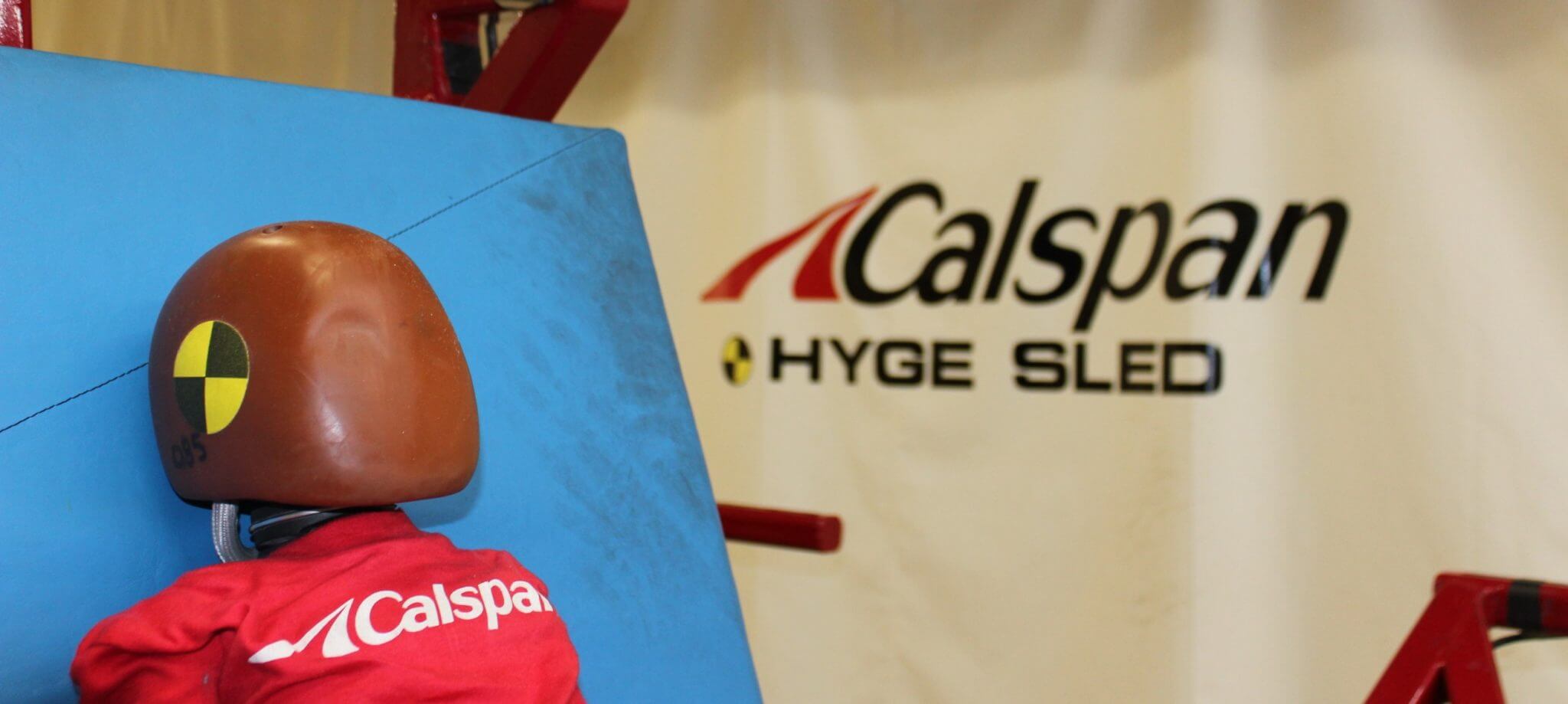Looking to get any of the following products into the US Market?
- Infant Seats
- Booster Seats
- Convertible Car Seats
- Hybrid Seats
- Juvenile Product Accessories
A Child Restraint System (CRS) must be in compliance with FMVSS 213 in order to sell in the U.S. market. It is the responsibility of the manufacturer to self-certify their product. No seal of approval is necessary to be on the packaging, however, manufacturers must be able to supply documentation at any point in time to prove their product has been tested and complies with FMVSS 213.

The restraint system must comply in all possible and applicable installations as outlined in the manufacturer’s instruction manual.
These variables may include:
Minimum and maximum child weight restrictions for the specific seat
How the product is connected to the vehicle (type 1 seat belt, type 2 seat belt, latch, tether)
Position of the product within the vehicle (front facing, rear facing, various recline angles)
Selling Juvenile Accessory Products in the US Market:
There is no test designed specifically for juvenile accessories, however in the United States, many retailers require these accessory products to be tested to the FMVSS 213 standard. FMVSS 213 has no standards for accessories, so the product cannot pass or fail, but it can be claimed to be in compliance with FMVSS 213.
Test requirements for juvenile accessories are determined by the degree in which the product interacts with a child restraint.
Calspan holds the National Highway Traffic Safety Administration (NHTSA) contract for the performance of tests required by the Federal Motor Vehicle Safety Standard(FMVSS) No. 213, Child Restraint Systems regulation. This means that Calspan is able to perform compliance testing with results that are recognized by the government.
Not ready to sell yet?
Still working on developing your product? Calspan is a great location to do prototype testing. Calspan’s lab is equipped to help you throughout all stages of production, offering an onsite workspace, expertise in developing effective and efficient test programs, and the ability to design and manufacture fixtures for attaching the product onto the sled.
Running your prototype testing in a NHTSA approved FMVSS 213 lab reduces the number of variables when your product is ready for required compliance testing.
Coming Soon:
Calspan will soon be able to simulate its FMVSS 213 bench for computer aided testing. This will allow customers to review how their product will react prior to the actual FMVSS 213 sled test at Calspan. This service is ideal for new product development. Stay tuned for more details.
About Sled Testing:
Sled testing allows engineers to reproduce the dynamic conditions of a full-scale crash event in a controlled environment. This method of testing provides repeatable and reliable impact conditions which creates an effective way to develop and certify automotive seats, seat belts, and supplemental products and restraints. Calspan uses the latest technology including, ruggedized transducers, data acquisition systems, and high-speed video cameras to ensure high-quality test data.
Want to learn more?
Contact us today, or click to read more about Calspan’s sled test services.